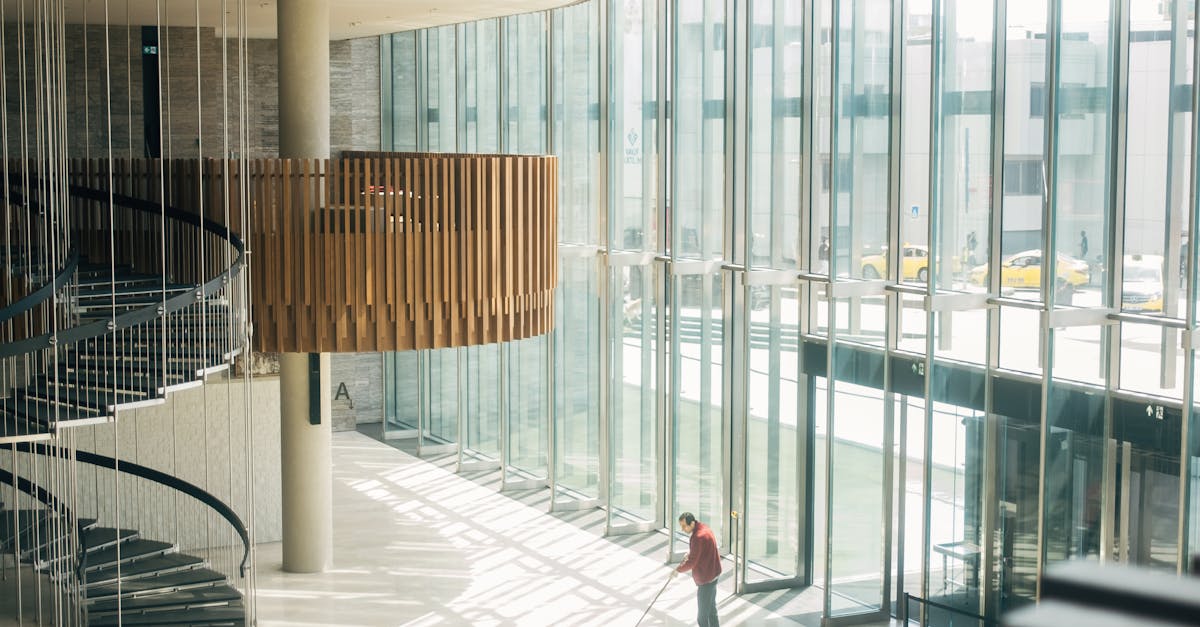Table Of Contents
Allergen Removal
Allergens can accumulate in upholstery over time, posing risks to those with allergies or respiratory issues. Regular upholstery cleaning is crucial in removing allergens such as dust mites, pet dander, and pollen that may have settled in the fabric. Upholstery cleaning helps to create a healthier indoor environment by reducing the presence of these triggers that can exacerbate allergies and cause discomfort to occupants.
By utilizing professional cleaning methods and products, allergens can be effectively lifted and removed from upholstery surfaces. Steam cleaning, vacuuming with HEPA filters, and using specialized cleaning solutions are common techniques employed in upholstery cleaning to target allergens. Upholstery cleaning not only improves the aesthetic appeal of furniture but also plays a significant role in maintaining a hygienic living space by eliminating allergens that could potentially impact the health and well-being of individuals.
Upholstery Cleaning for Different Fabric Types
Upholstery cleaning should be approached differently depending on the type of fabric that needs to be cleaned. For cotton upholstery, a gentle cleaning solution should be used to prevent any damage to the delicate fibers. It is best to avoid excessive moisture when cleaning cotton upholstery to prevent shrinking or discoloration.
On the other hand, for synthetic fabrics such as polyester or nylon, a slightly stronger cleaning solution can be used to effectively remove stains and dirt. These fabrics are more durable and can withstand a bit more vigorous cleaning process. However, it is still important to test the cleaning solution on a small, inconspicuous area of the upholstery before applying it to the entire fabric to ensure that it does not cause any damage.
Leather Upholstery Care
When it comes to caring for leather upholstery, using the right cleaning techniques is crucial in maintaining its quality and appearance. Upholstery cleaning for leather requires special attention to prevent damage and extend the lifespan of the furniture. To clean leather upholstery effectively, start by using a mild soap or leather cleaner that is specifically designed for this type of material. Avoid using harsh chemicals or abrasive cleaning tools that could potentially cause discoloration or deterioration of the leather.
In addition to regular upholstery cleaning, it is important to condition leather upholstery to keep it soft, supple, and prevent cracking. Applying a leather conditioner after cleaning helps to moisturize the leather and restore its natural oils, keeping it looking luxurious for years to come. Remember to always test any cleaning or conditioning products on a small, inconspicuous area of the leather upholstery first to ensure compatibility and avoid any potential damage.
Upholstery Cleaning Safety Precautions
When it comes to Upholstery Cleaning Safety Precautions, there are several key measures to keep in mind to ensure a safe and effective cleaning process. Firstly, always remember to read and follow the manufacturer’s instructions on any cleaning products you use. Different upholstery materials may require specific cleaning solutions or methods to avoid damage. Prior to starting the cleaning process, it is advisable to test the cleaning product on a small, inconspicuous area of the upholstery to check for any adverse reactions.
Another important aspect of Upholstery Cleaning Safety Precautions is proper ventilation. When using cleaning products, ensure the area is well-ventilated to prevent inhalation of fumes and to aid in the drying process. Opening windows or using fans can help in circulating fresh air and expelling any lingering odors. Additionally, wearing gloves and protective eyewear can safeguard your skin and eyes from exposure to cleaning chemicals. Taking these safety precautions can contribute to a successful and risk-free upholstery cleaning experience.
Ventilation
Proper ventilation is a crucial aspect of ensuring safety during upholstery cleaning processes. Adequate airflow helps in dissipating any fumes or chemical odors that may be emitted during the cleaning process. When working with upholstery cleaning products, ensuring a well-ventilated area is essential to minimize the inhalation of potentially harmful chemicals.
In addition to protecting your respiratory health, ventilation also aids in the drying process of the cleaned furniture. By allowing fresh air to circulate around the upholstery, moisture is more efficiently evaporated, preventing any lingering dampness that could lead to mold or mildew growth. Upholstery cleaning is most effective when carried out in a well-ventilated space, ensuring a thorough and safe cleaning experience.
FAQS
What do professionals use to clean upholstery?
Professionals typically use a combination of specialized upholstery cleaning solutions, equipment, and techniques to effectively clean upholstery.
Are all upholstery cleaning solutions safe for all types of fabrics?
No, it’s important to use the appropriate cleaning solution based on the fabric type to avoid any damage. Professionals are trained to identify the right cleaning solutions for different fabrics.
How often should upholstery be professionally cleaned?
It’s recommended to have upholstery professionally cleaned at least once or twice a year to maintain its appearance and extend its lifespan.
Can professional upholstery cleaning help with allergen removal?
Yes, professional upholstery cleaning can effectively remove allergens such as dust mites, pet dander, and pollen, which can improve indoor air quality and reduce allergy symptoms.
Is professional upholstery cleaning safe for leather upholstery?
Yes, professionals use specialized cleaning solutions and techniques that are safe for cleaning leather upholstery without causing any damage. It’s important to hire professionals with experience in cleaning leather.
Related Links
Upholstery Cleaning
What is the best way to clean fabric upholstery?
What is the best way to clean a fabric sofa?
